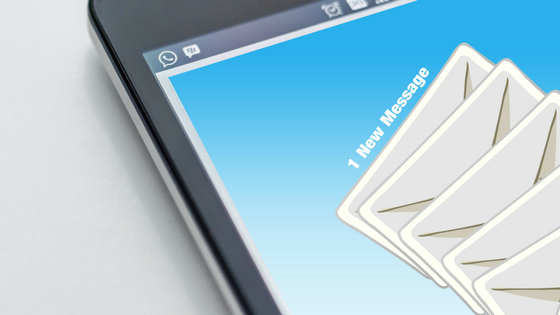Do you ever feel like you’re working all day, hours upon hours, only to feel like you’re not getting anything done? Chances are it’s true.
You feel like you’re constantly working, but your productivity says otherwise. Just because you’re moving, doesn’t mean you’re getting anywhere! You’re at your work station for 10 hours a day, you’re constantly typing away, making phone calls, answering texts, checking emails, sipping on your latté, paying bills, eating lunch on the fly, rewarding yourself with the occasional social media break and yet there’s still so much to do!
“Do not confuse motion and progress. A rocking horse keeps moving but does not make any progress.” – Alfred A. Montapert
Odds are, you’re not working as much as you think. If you want to be more productive there is ONE thing you need to STOP DOING IMMEDIATELY! That one thing is multitasking. In an era of proudly honing the skills of multitasking, you’re actually hurting yourself more than helping yourself.
The problem with multi-tasking is that it requires more brain power than you realize to shift back and forth between tasks. Studies show that multi-tasking can actually REDUCE productivity by 40%.
Think of multitasking as “switch-tasking.” Researchers have found that once you get distracted or “switch tasks,” it takes approximately 25 minutes to return to your original task. People spend approximately 10 minutes on task switches from alerts such as email notifications, texts, etc and another 10 to 15 minutes doing other stuff before they got back to the original task.
Multitasking has also been found to increase production of cortisol, the stress hormone. If you’re constantly making your brain shift gears, it pumps up stress and tires your brain out, leaving you to feel mentally exhausted.
Not convinced that multitasking is hurting you more than helping you? Try this activity. Time yourself counting from 1-15. Takes you approximately 3-5 seconds. Now, time yourself saying the first 15 letters of the alphabet (A-O). Again, takes you about 3-5 seconds to complete. Lastly, time yourself combining the two (1A, 2B, 3C, etc). Not as easy right? It takes about 2-2.5 times LONGER to complete both tasks simultaneously (multitasking), as it does to focus and complete each task individually COMBINED!
This is the downfall of multitasking. In theory, it sounds good because you’re working on two tasks at once, but your brain is having to constantly switch back and forth running its power down. It takes TWICE as much time to multitask two tasks together than to complete both tasks individually.
It’s time to stop thinking of multi-tasking as a “résumé worthy skill” and more of a bad habit that needs to stop. Want to be more productive? Then stop multitasking!
Here are a few tips to help ease you away from this bad habit:
1. Turn off your email alerts on your phone, computer and other devices
· A McKinsey Global Institute Study found that employees spend on average 28% of their workweek checking emails! Set three times a day to check and respond to emails; once in the morning, mid-day and right before you leave work. Commit to this plan and watch your stress decrease and productivity increase!
· When sending emails, be aware that your email will disrupt your employee or co-worker’s productivity and knock them off track for up to 25 minutes. How many of these emails are you sending them daily? Is your email urgent? If not, then create a draft and send all of your thoughts at the end of the day in ONE email, reducing the number of distractions.
2. Be intentional about your day and your time!
· What are you working on today? For how long? When are you taking breaks? Just like setting goals, you need to set daily goals and objectives. Start your day with writing out tasks for the day that are actionable and quantifiable (measurable)!
3. Work in 15 minute increments!
· Yes, 15 minutes. Studies have shown that with the decrease of attention span in our society, 15 minutes is attainable and motivating. Intentionally set yourself up to work on one task for 15 minutes (set a timer) with NO interruptions. At the end of the 15-minutes check and see what you accomplished and if you need to give it another 15-minutes. Reward yourself in-between 15-minute bursts by standing up and stretching or walking around for a few minutes and then start another 15-minute productivity session!
4. Practice only focusing on ONE thing in all areas of your life
· In all areas of your life, practice focusing on simply one thing at a time. Challenge yourself not to be distracted by something shiny. When you are in a conversation with someone, be fully present in the conversation. Turn your phone, TV or music off if you have to. Not only will this help you cut back on multitasking, but it will help build stronger relationships in your life, reduce time spent surfing the web or getting distracted, and improve your overall attention span.


